How to Flirt like an Italian The Sexy Style of Older Italian Men History: Italians Coming to America Expat Nicky Positano's Amazing Vlogs How the Tomato |
| | |
In any event, taking the time to discover the rugged, natural coastline of the Salento will give you the experience of a lifetime...
Buon viaggio!
--Jerry Finzi
You can also follow Grand Voyage Italy on:
Google+
StumbleUpon
Tumblr
 A bread's-eye view of Vito at the Forno
A bread's-eye view of Vito at the Forno Vito Macella, is the owner, baker and a bit of pirate and showman. He loves to show off his historic forno (oven) that dates from 1423. His is one of of the first public ovens in Altamura, used for cooking meats, biscuits, pretzels and other Pugliese baked specialties, and of course, the famous Altamura Bread. A short walk inside the walls of the historic center and you'll come to the Forno. You can park your car on the Corso Vittorio Emanuale II just outside of the old arched porto where Via Madonna dei Martiri begins. Take a stroll three intersections until Via Corte D'Appello and then you'll see tiny Via Luca Martucci on your left. It's really like a very small piazza with the Forno Antico at the back left corner. You'll probably see a large round table outside with an umbrella over it. There might be people sitting, chatting and eating. Sit with them and join in.
When Vito comes out to greet you, tell him you would like una degustazione (a tasting) of whatever he feels like putting in front of you. Depending on what he baked that day, and what other local ingredients he had to create with, he might bring you a plate of antipasto, focaccia, squares of pizza, olives, tomatoes, tiny bocconcin (mozzarella balls), sliced caciocavallo cheese, prosciutto, lardo, or carpaccio--paper thin slices of raw veal marinated in red wine. Oh, of course, he'll always have some of his Altamura Bread for you to taste. We consider unexpected lunch we had at the Forno as one of the best we ate in all of Italy.
Don't pass by Altamura. You won't be disappointed.
--Jerry Finzi
If you enjoyed this post, please, please, please, tell all your friends about us. Grazie.

Most masserie are very old... built between the 1500-1600s when Spain ruled the South. A masseria is a rather large farm complex to house not only the landowners, but also the peasants who tended the crops and farm animals. The complex usually included several other specialty buildings to house animals, to store crops, to make wine or cheese, etc. Some masseria developed into essentially small villages surrounded and protected high walls with a central courtyard surrounded by all the other structures.
Many of the masserie today have been renovated and turned into vacation rentals and are mostly found in Puglia, in eastern Campania, on the plateau--or Murgia--of Basilicata, in Calabria, and in Sicily, Abruzzo and Molise. A masseria gives Voyagers a vacation that combines nature, local culture and home-grown (or Slow Food) cuisine with all the creature comforts of a world class vacation rental. You'll find modern plumbing, air conditioning (although often not as cool as we Americans would like it) and internet (slow or limited wireless connections due to thick walls), and satellite TV (often limited on station offerings). Some of the overly developed (in my opinion) masseria even offer spa treatments, golf courses and other offerings that have little to do with saturating yourself in local flavor or customs. I'd avoid these "resort" types and search for facilities that offer a more genuine Southern Italian experience. If you find a family run masseria you will find people go out of their way to make your stay a comfortable, memorable one. That was out experience when we stayed in a similar place, a small masseria of Trulli (pointed stone houses). Southern Italians are simply more hospitable than up in the North. There, I've said it.
 Masseria il Frantoio, Ostuni, Puglia
Masseria il Frantoio, Ostuni, Puglia Owners will often join guests for home-cooked dinners using products from the farms... many types of pasta with vegetables, parmigiana di melanzana, seafood (the sea is all around in the South), pizza made in outdoor wood ovens, roasted vegetables, insalata caprese, polpette (meatballs) or beefsteak, home made breads (they use salt in Southern bread, unlike the Tuscan breads), thick jam-like honey, and to drink... good Southern varieties of red wine (Primativo is out favorite!). I strongly suggest looking for an organic masseria that uses no chemicals to grow their olive trees, vines, cherries, almonds, and vegetables. You will not believe how simply food can taste so damned wonderful. Imagine having a real Italian family meal—excellent, simple fare pared with a great local wine and great, hand-waving conversation. You will never have experiences like these staying in hotels.
 Pasta making at Masseria Panareo
Pasta making at Masseria Panareo --Jerry Finzi
If you enjoyed this post and found it useful, please share out site with your friends. Grazie.
The tradition of the Madonna Dei Martiri to the year 1399, when the King of Naples, Ladislao di Durazzo, commanded that the Sagre and the Religious celebration be combined to celebrate the “Miracle” and blessings of the Madonna. This celebration is traditionally held on September 8, which is the Universal Feast of the Nativity of Mary. The actual “Miracle” of the Madonna in 1188....
If you go:
Hoboken Italian Festival honoring the Madonna dei Martiri
Festival Dates for 2015: September 10th - 13th
The Procession is on Saturday, Sept. 12th.
--Jerry Finzi
If you enjoyed this post, please share it with your friends... grazie!
 Plan of the Castel del Monte
Plan of the Castel del Monte Even historians are confused about the intended use of this fortress. By the 1700s, the castle originally had marble columns and walls but the marble and its furnishings were removed. Archaeologists tell us that it was constructed on the site of a much earlier fortress. At one time Castel del Monte was used as a prison and then as a refuge during a plague until it fell into a sad state of deferred maintenance.
Although many thought it was to be used as the Emperor's "hunting lodge", scholars now believe it originally had a curtain wall and did serve as a citadel. In fact, because it is built on the highest point of the local terrain, a defending force would be able to see 360 degrees in all directions and even to the coastline 15 miles away. This fact along would suggest that in fact it was built as a military fortress, but there is no evidence of it ever being used as such.
Frederick was responsible for the construction of many castles in Puglia, but Castel del Monte's geometric design was unique. The fortress is octagonal with 8 octagon towers at the corners. Originally, the towers were taller than they currently are. Each of the main rooms have vaulted ceilings and there are three towers with staircases. Castel del Monte also has an advanced plumbing system, which used rain water for the toilets and bathrooms of the fortress.

The area surrounding Castel del Monte has a DOC designation for producing red, white and rose wines with vineyards and wineries on the slopes of the surrounding area. In Europe, most people are very familiar with Castel del Monte, as they keep a picture of it in their wallets--the fortress is depicted on the reverse of the Italian 1 Euro cent coin. In 1996 UNESCO gave the the fortress a World Heritage Site designation recognizing its unique architecture and cultural importance.
Visiting: Castel del Monte is about 30 miles due west of Bari and about 15 miles from the sea.
March 1 to September 30 from 10:15 to 19:45
October 1 to February 28 from 9:00 to 18:45
(The ticket office closes 1 hour before closing)
Tickets:
Regular fee 5.00 euros, reduced fee €2.50 (18 to 25 years). Free for children under 18 and over 65 years.
--Jerry Finzi
If you liked this post, please share it with your friends... ciao!
Some Historic Notes on Paper... Mache, that is...
The roots of papier maché techniques are in both the Middle and Far East. In French, papier maché literally translates as chewed paper. Paper was invented in China in the second century AD, and papier maché was developed as a way to re-use the new material which at the time was very rare and costly. Papier maché it can be very strong but also very lightweight. With strengthening layers of varnish, it was used to make soldiers' helmets and lacquered boxes... and even furniture. With the advent of trade with the Orient, Papier Mache spread from Samarkand and Morocco until about 900 AD it spread to Spain, Germany, France and Italy. The French craftsmen made cups and snuff boxes from it, with serving platters, pots, vases and furniture being made in other countries. A very strong board could be produced by baking layered sheets or shredded paper. For even stronger products, papier maché was mixed with linseed oil before being baked.In the 17th century, successful trade between the Republic of Venice and merchants from the Salento peninsula in Puglia spurred the development of papier maché techniques in the beautiful baroque town of Lecce. The high art of Cartapesta was born...

The construction of many new churches and monuments, Lecce developed a demand for religious statues, but marble for statues is only available in the northern part of Italy--not in the South. Statues needed to be created quickly and needed to be built from a lightweight material so they could easily be carried in a festival procession, or Sagra.
The Lecce craftsmen didn't possess any valuable materials, but with the help of straw, rags, plaster and a few tools, developed their craft using Cartapesta. As it turns out, Cartapesta when finished can be made to look exactly like a marble statue. Cresche scenes of the birth of Christ also became popular. Oddly enough, many of the best craftsmen were also barbers, perhaps because they already had some of the tools needed for the craft.
Today the production of Cartapesta is concentrated around Lecce. Its craftsman produce statues (many life sized) of holy subjects with particular attention paid to their flowing garments. The studio shelves are also full of peasants in charming village scenes and represent various professions like shepherds, cheese-makers, bakers and farmers. Creche scenes of the birth of Christ and angels are also popular. Puppets and marionettes are also produced using Cartapesta. Hands, feet and heads are often made from clay and married to the metal and straw armatures used in creating the Cartapesta figurines. Younger artists are producing more and more modern art with Cartapesta, some of it being very avant-garde. The best artisans even make their own paper using traditional methods which is then used on their creations.

As one wanders through the streets of Lecce it’s common to come across several Cartapesta workshops showing their ready to sell statues and puppets or working on upcoming pieces of art. It’s also possible to take a Cartapesta class in several artisan studios and learn the complex process of creating your own masterpieces.
If you want to see an amazing display of Cartapesta artwork, you can visit the town of Massafra in Taranto where every January begins their Carnevale di Massafra, with giant papier-mâché masks and structures being paraded through town on Thursdays and Sundays until the beginning of Lent.
--Jerry Finzi
If you enjoyed this post, please share it far and wide... thanks for stopping by Grand Voyage Italy! Ciao!
 Lucas and I blessing in Molfetta waters.
Lucas and I blessing in Molfetta waters. We then pulled right up to the port next to the Duomo where our apartment waited... above a restaurant and tabacchi shop where we had to check in. The man in the tabacchi was very nice, especially when I mentioned my dad being Molfetese... then he talked about people he knew in Hoboken! The two towns are twins in the eyes of Molfetese and share the same patron saint and festival day, the Madonna di Materi.
The location of the apartment could not have been better... right on the port, view of the harbor, next to the Duomo and its bells, and part the historic old center, or centro storico. It was one flight up with a door on a tiny alley through an archway in the old building.
The apartment itself was a stark contrast to the 500 year old building it was in... ultra modern, sleek, kitchen, bath, even a laundry with dryer. I went straight to our balcony and soaked in the view. There was a pot garden on the balcony with limes and kumquats on the trees. The harbor is beautiful... as my Dad told me, lots of fishing and sail boats, the buildings all white, and the smell of the sea. Many still use wooden boats with a stand up paddling technique using two long oars. I spoke to my Dad... we made it, Pop. I could feel him.
Lisa went into laundry mode, cleaning what we needed for our last week before heading home. The trouble is, these machines are not like our washing machines. It took way too long and the dryer kept shutting down every few minutes. While she was busy and since it was late in the day, Lucas and I hit the twilight streets of Molfetta for the first time on a quest for dinner supplies.
We walked to the main street named for their saint, Madonna di Matieri, looking for an alimentari for pasta, cheese, wine and anything else we could make dinner with. The street was lit up and lively, but definitely not touristy. This is a local scene. One church (there are four on this street alone, not counting the Duomo around the corner on the harbor) was busy with a service... singing and all. Men were sitting in front of various clubs and organizations... veterans of war, political parties, the festival committee, fishermen, etc. Some were playing that odd southern card game we saw back in Castelmezzano, using baroque looking cards without numbers. Many people were just out for pasagiata--the evening walk.
We talked to several people, asking directions and the like... no matter who we spoke to they were always very friendly with a big southern smile...kind of like my Dad always had. The contrast from northern Italians is obvious. Northerners are more businesslike, curt and talk fast with immaculate pronunciation. Southerners seem happy, casual and talk with that southern garble, smoothing off all the sharp edges of words. In fact, hearing the Molfetese dialect reminded me of when my Dad spoke Italian. I had almost forgotten what he sounded like, but these people are bringing back memories. Dialects can change down here from town to town, village to village. As I am writing this while already in Rome, I can tell you how on the train from Bari the announcements were in three languages... Italian, English and southern dialect. They are distinctly different.
Lucas and I bonded that night... he felt the town the way I did. He kept squeezing my hand and telling me how glad he was to be here with me. He had a glowing smile on his face all through our walk. What a son.
We found an alimentari and brought the goodies back to the apartment to make a simple dinner of pasta, sauce, cheese, wine and focaccia. We even had a surprise for Lisa... a take-out liter container of gelati for dessert. A simple meal, but again... one of the better ones. By the way, all around Italy we've been buying very good bottles of wine in alimentari for 3-4 Euros... less than five dollars. They have all been good. Even the house wines in restaurants have been fine.
The next morning we didn't have much time since we had return the car and catch a train in Bari for Rome. But we did have a couple of hours to take a stroll around the centro storico, take pics and imagine my Dad and grandfather here. I imagined my grandfather living in the historic section because it was close to the port--he was a sailor. As we watched the early morning activities of the residents today, I imagined my ancestors doing the same sorts of things... hanging wash on their balconies, sweeping the already pristine marble streets, hosing off the steps, walking the dog, watering the plants and spices growing on the balconies, or simply sitting and getting some morning sun.
Maybe I'm being romantic about it, but in Molfetta we found the most real lifestyle in Italy. Simple, honest, clean, and robust. For the first time we've actually seen people with well fed bellies... the people in the north are amazingly skinny in comparison. These people love life, simple as it may be.
We headed over to the old fish market which looked very lively, but Lucas couldn't take the fish smell, so we walked the harbor wall on the way back to the apartment. Lucas and I went down the marble steps to the water and both cupped some Adriatic water and blessed ourselves in honor of Angel Grandpa, as we call my Dad.
When checking out, yet another man at the tabacchi talked about Hoboken and the link with people in Molfetta and said of my Dad that he is part of our bodies... pointing to me and Lucas and touching a hand to his heart. His big southern smile choked me up as we said our goodbyes.
Yea, Dad... we made it... with you.
Jerry Finzi, Sal's son.
Sorry for the delay in my posts. We have not had any Internet for the last couple of days. (We are currently in Rome and catching up on the postings.)
--Jerry F.
There are also other types of ruins commonly seen in this area of Italy. The Poste--surrounded on all sides by dry laid stone walls--were used for centuries by shepherds to protect their flocks from predators and weather. The other type is called the Jazzo (jazzi, plural), for sheep farms. It's a good thing that this area is a national park which protects these treasures. The sad thing is that some species are endangered or have disappeared altogether... like the Egyptian Vulture.
 A Google Earth view of the sinkhole.
A Google Earth view of the sinkhole. --Jerry F.
 Lucas at the Forno.
Lucas at the Forno. We entered the centuries old little panifico and met Vito, a mostached, bearded pirate of a baker with a robust personality. His oven was rustic and fed by olive tree logs. Huge loaves of chef hat shaped breads were all around. When I asked about the bread he suggested a tasting--una degustastione--of not just bread, but of all sorts of foreign delights. Dio mio! Are we about to have a lunch... and actually at lunchtime?!
He led us out to a single umbrella covered tavalo (table) where two other couples were already enjoying a feast. We sat, introduced ourselves and began one of the best meals we've had so far. The conversation ranged from English to French to Portugese to Italian. Lucas loved the experience and they all loved him. Then came the food. Bruschetta, pasta, crostini cheeses, wine carpaccio and the bread... that great bread. Lucas ate with gusto and was amazed when he learned later that the carpaccio he had was raw, marinated veal... and he liked it! It was obvious to all that Lucas was no typical MacDonalds American kid.
Afterwards we all took pictures, hugged like old friends and left with bread, full bellies and a great memory. THIS was exactly the kind of European experience I wanted to share with Lisa and Lucas....
Watch the video below which features Vito's bakery.
--Jerry F.
P.S. If you enjoyed reading this post, please LIKE us on Facebook and SHARE it with friends who might be interested. Gratzie!
 A few of the two thousand dinosaur footprints at the bottom of an abandoned quarry near Altamura.
A few of the two thousand dinosaur footprints at the bottom of an abandoned quarry near Altamura. Nearby there is another ancient find that you need an appointment to visit... the Altamura Man. He is a 130,000 year old ancient Homo Sapiens species whose fossilized bones were found in situ in a cave near Altamura. There is really a ton of ancient history in this area.
--Jerry F.
 The crowd on our tour.
The crowd on our tour. Rather than walking down hundreds of steps with the main group, we opted to take the elevator with the other folks with mobility issues, which saved our legs for the rest of the tour. (A bit embarrassing since the rest were very old people with pretty severe walking problems). We didn't know that they'd make us walk uphill and around to the highest point on the Grotte property where the elevator shaft stuck up above everything. We had already walked down to the entrance, then Lucas felt ill so we had to walk way up to where the snack bar was, then back down to the entrance waiting on line for 20 minutes (even though it was late for the time of our tour) and now we were going way back up. Sigh. The cave itself had lots of steps anyway and fairly steep and slippery paths, both upwards and down.
The main cavern is a 180-foot tall bubble in the earth...with a 50-foot wide oculus on top, letting the sun shine in. We went through four huge chambers and loads of side passages...stalagmites, stalactites, huge columns, bizarre shapes...all colorful and strange. Lisa thought Luray caverns was better, but Lucas and I were wowed.
They only allowed pictures in the first chamber (an arbitrary rule), after that, the tour guides turned on their jailhouse charm...watching us like hawks and threatening to end the tour if anyone snapped a pic. They even came after Lucas at one point as the tour started and he was still taking pics beyond some imaginary point of NO PHOTOS. Ridiculous. I'm a professional photographer and this stuff always gets me--especially for amateur shots. A pro might bring lots of equipment and tripods, flash units, etc.... and they have a means to earn money on the photos. But amateurs don't typically earn money at all, so when tourist places forbid picture-taking the only reason is they want to ensure purchases of their own promo materials... books, postcards and the like. These rules are silly.
Anyway... We made it out alive, but my knees sure didn't. By the way, anyone visiting this cave should know that while it is a bit cool, at least during this warm October the humidity was very high and sweating was unavoidable.
--Jerry F.
It took us an hour or so to drive back up the windy roads to the plateau where our trullo house was. We tucked ourselves in our trullo and slept dreaming of Romans, the sea, grottoes, and pizza...
--Jerry F.
 Crushed car sculpture.
Crushed car sculpture. Then we drove to a spot overlooking the canyon. As we drove into a wide parking field at the edge of the canyon, I saw another of the dreaded parking lot scammers... waving for me to park where HE commanded. I didn't drive toward him and went right to the edge of the canyon to park. When I got out of the car, he started claiming that it was too "pericoloso" (dangerous), even though there were others parked there. Mind you, this is a parking area in a free, national park. He got upset when he realized he wasn't going to get a parking "tip" from me and seemed to disappear (just like the one in Florence... must be in the same union).
The gravina looked like a little Grand Canyon with cave homes clinging to the mountain above the gorge. A wide stream was far below. We explored some ancient caves that people had lived in tens of thousands of years ago... and saw a cave church. Both lizards and blue shirted Italian boy scouts darted about.
On the road again, I had a quick stop for Lucas that I thought might interest him. The Italian Space Agency had a radio telescope research facility nearby... with several large telescopes. I had heard there was an exhibit inside the facility but we were not allowed in. Perhaps it's only for Italian school trips. Still it was great to be up close to these large devices.
 Trulli can have shaped finials on top. This is one of my favorites.
Trulli can have shaped finials on top. This is one of my favorites. Trullo facts: Trullo = one. Trulli = more than one. They say that the people in this region designed trulli around 1400 to get out of paying taxes (sounds like modern Italians) because a distant ruler raised taxes on permanent houses. A trullo traditionally was built using no mortar, so when the tax man came visiting they would dismantle the trullo. I'm not so sure about that because there are more ancient tombs and more rounded trullo looking structures that might be an earlier version. Besides, it would have been a huge effort to completely dismantle and then reassemble even a dry laid stone structure. It might simply be a method of dealing with the very strong seasonal winds that can plague the Adriatic coastline--wind won't blow down a pointy, cone shaped roof. For the same reason church steeples on the Côte d'Azur are made from filigree ironwork and not brick or stone. Many trulli have ancient symbols painted on their cones... some early Christian, some pagan, some zodiac. These are supposed to protect the home. Trulli are often made of us more than one connected trullo and the rooms inside have tall pointed ceilings--keeping them cool in the hot months.
As we got closer to trullo country, the roads closed in with white rock walls on either side... like they have in Ireland or England. The fields contained horses, olive trees--more olives down here than anywhere else in Italy--or crops of various salad greens. There are vineyards too. This part of Puglia makes most of the country's wine. Some fields had been harvested and fresh manure was spread, reminding me of the spring back home, except this is October and they must be preparing for a winter crop.
 Our Trullo home: Trullo Gallo Rosso
Our Trullo home: Trullo Gallo Rosso We bought some gifts and I got Lisa a silver pendant of one of the ancient trullo symbols... the trident... representing the Holy Trinity and (my thought) our We Three family.
We three had dinner in a tourist restaurant... after 8pm, of course. Sigh. Not great, but similar to a stop at a pizzeria back home. Having gone through another day with no lunch, we were starved.
The drive back was easy because of the white walls lighting up the sides of the roads. Sleep came easy as we looked up at the rustic cones above our heads...
--Jerry F.
Categories
All
1 Making Plans
2 Gear And Tips
3 Getting Around
4 Tuscany
5 Amalfi Coast
6 Basilicata
7 Puglia
8 Rome
9 Postcards
Fotos Di Finzi
History For Italians
Humor
La Cucina & Recipes
More Than Gelato Pizza
More-than-gelato-pizza
News Del Giiorno
Off The Tourist Path
Archive
June 2024
January 2021
January 2019
December 2018
November 2018
August 2018
April 2018
March 2018
February 2018
January 2018
December 2017
November 2017
October 2017
September 2017
August 2017
July 2017
June 2017
May 2017
April 2017
March 2017
February 2017
January 2017
December 2016
November 2016
October 2016
September 2016
August 2016
July 2016
June 2016
May 2016
April 2016
March 2016
February 2016
January 2016
December 2015
November 2015
October 2015
September 2015
August 2015
July 2015
June 2015
May 2015
April 2015
March 2015
February 2015
January 2015
December 2014
November 2014
October 2014
September 2014
August 2014
July 2014


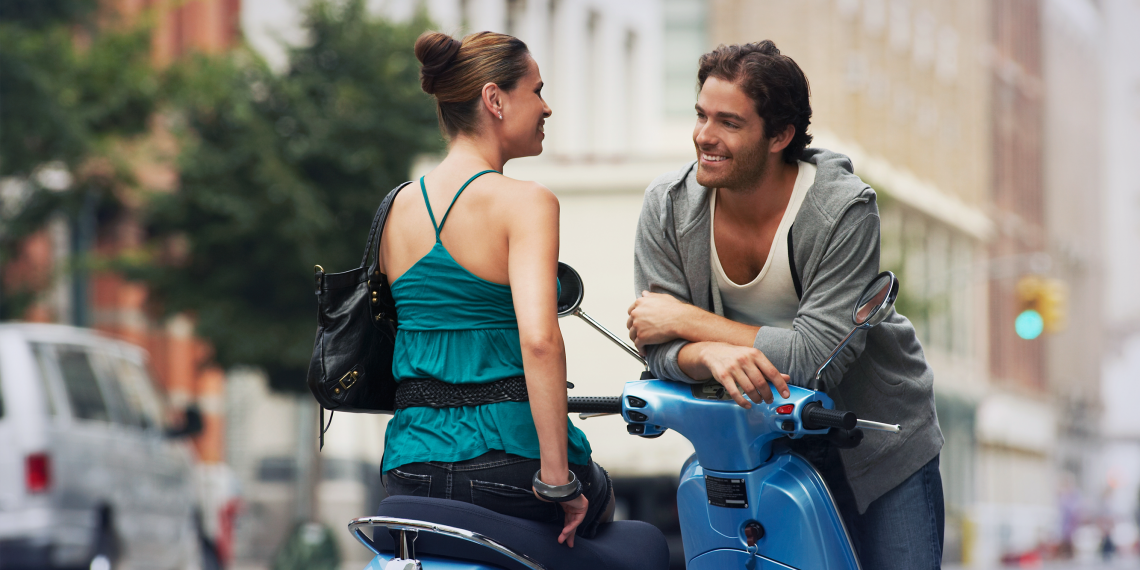










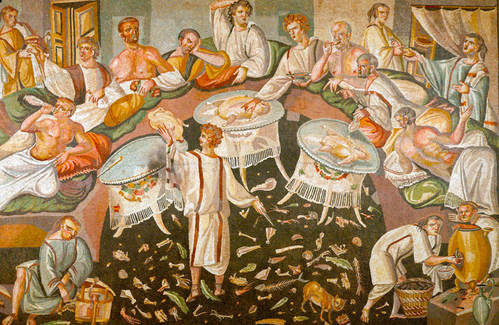












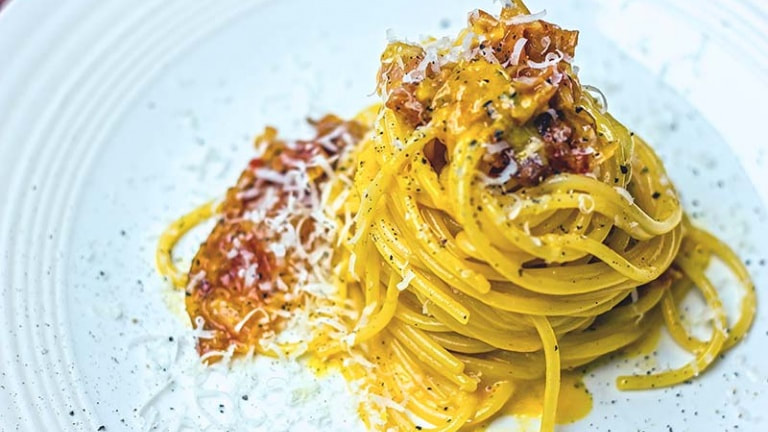






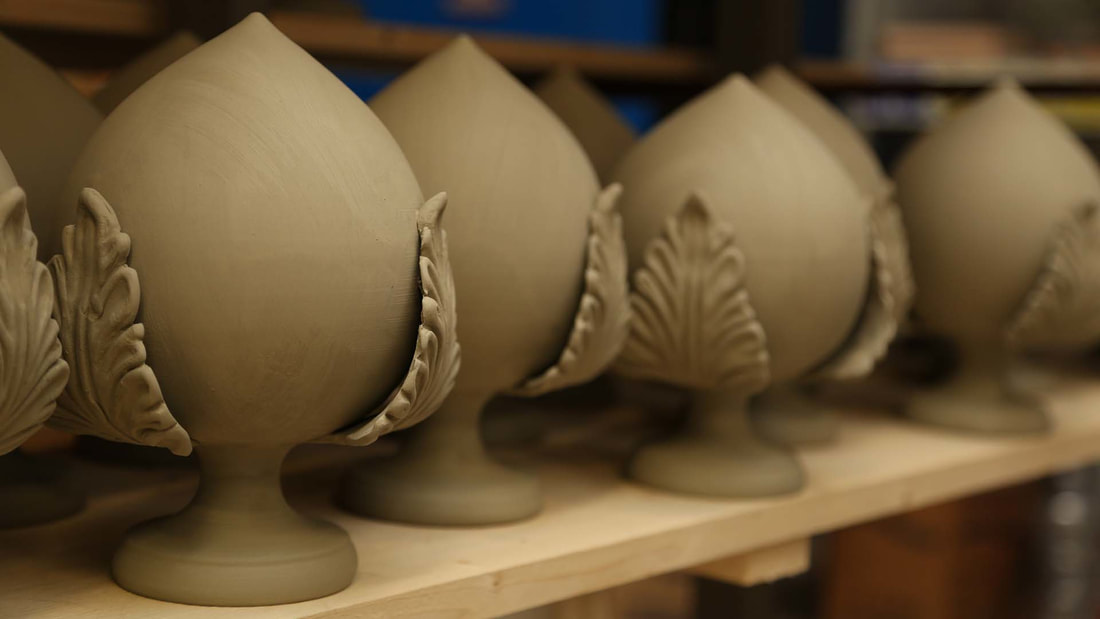


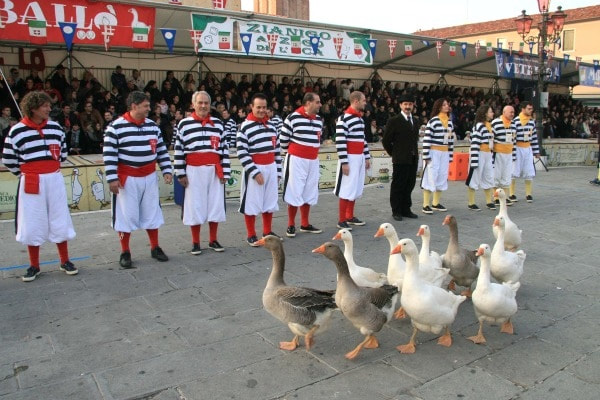












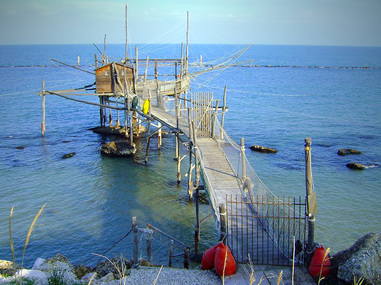
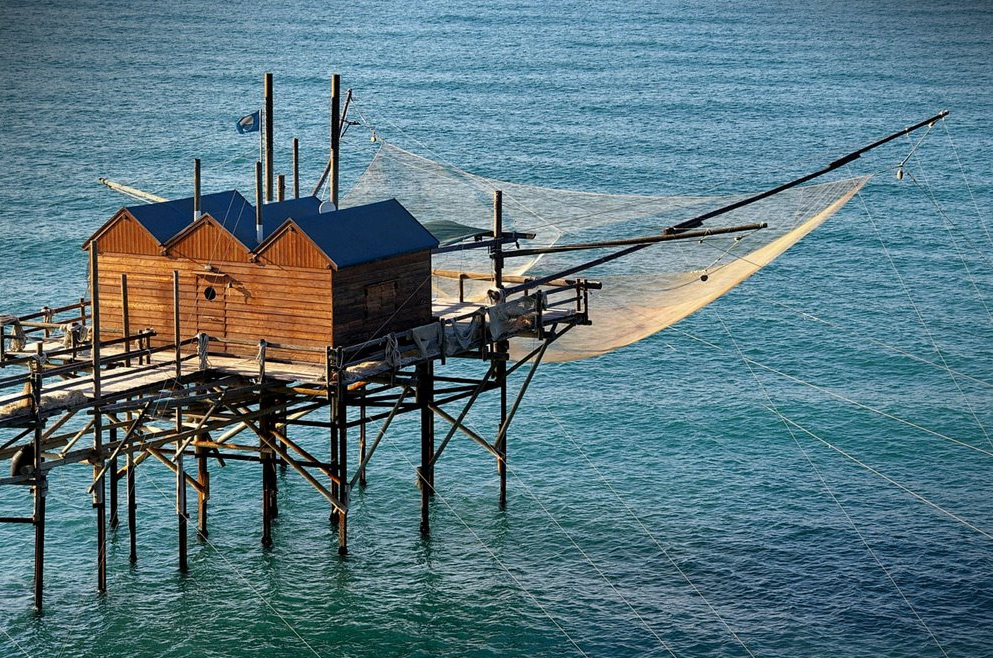

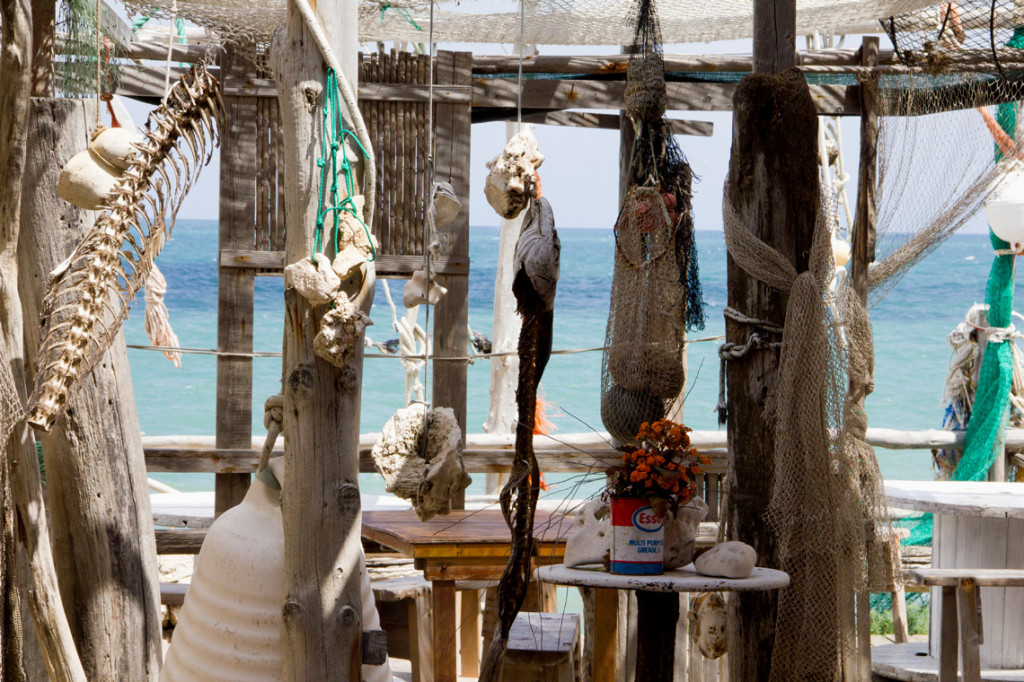





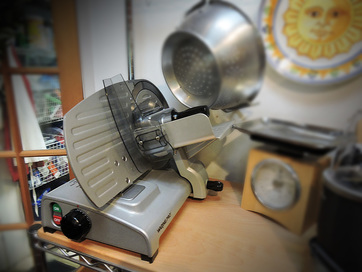





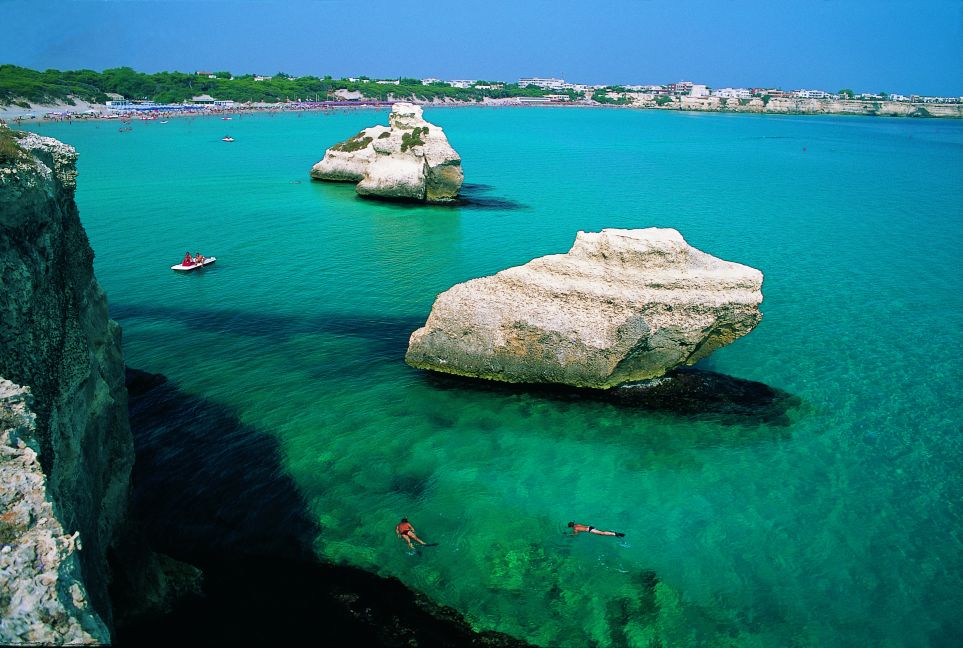
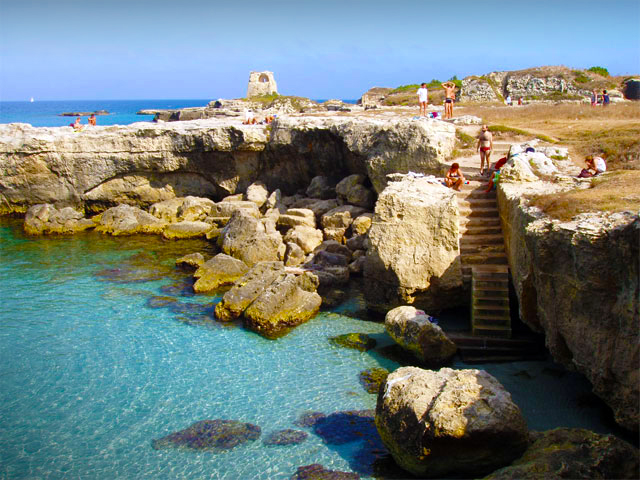



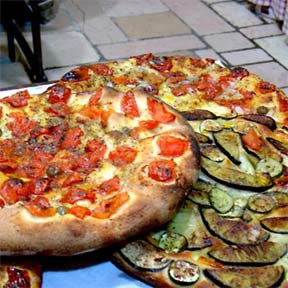











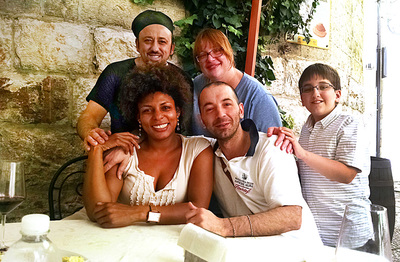



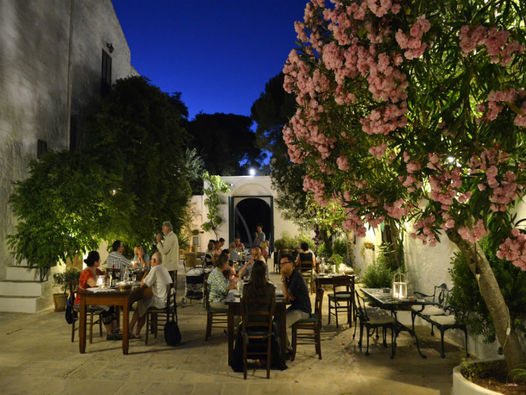







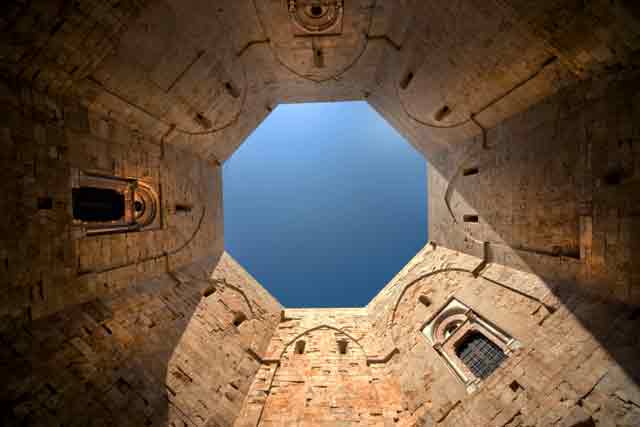

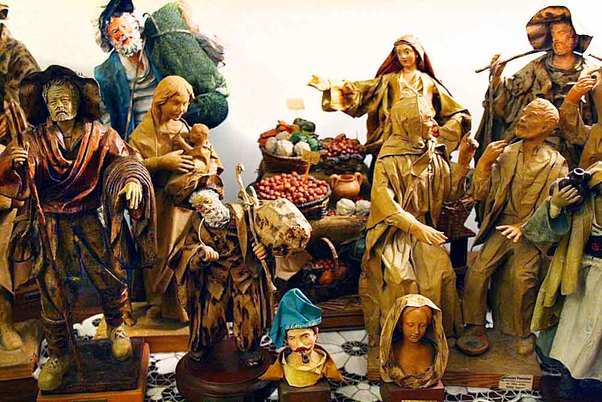




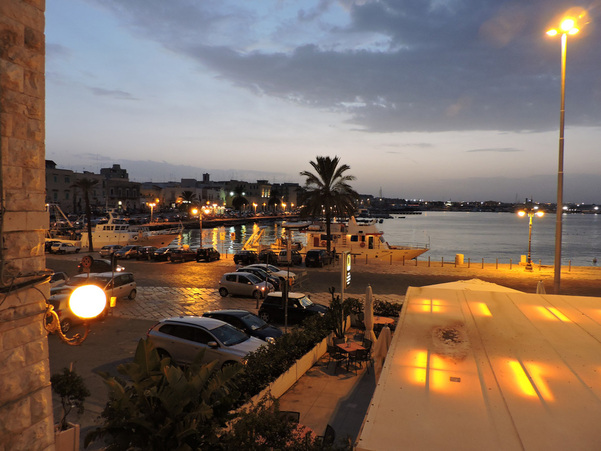




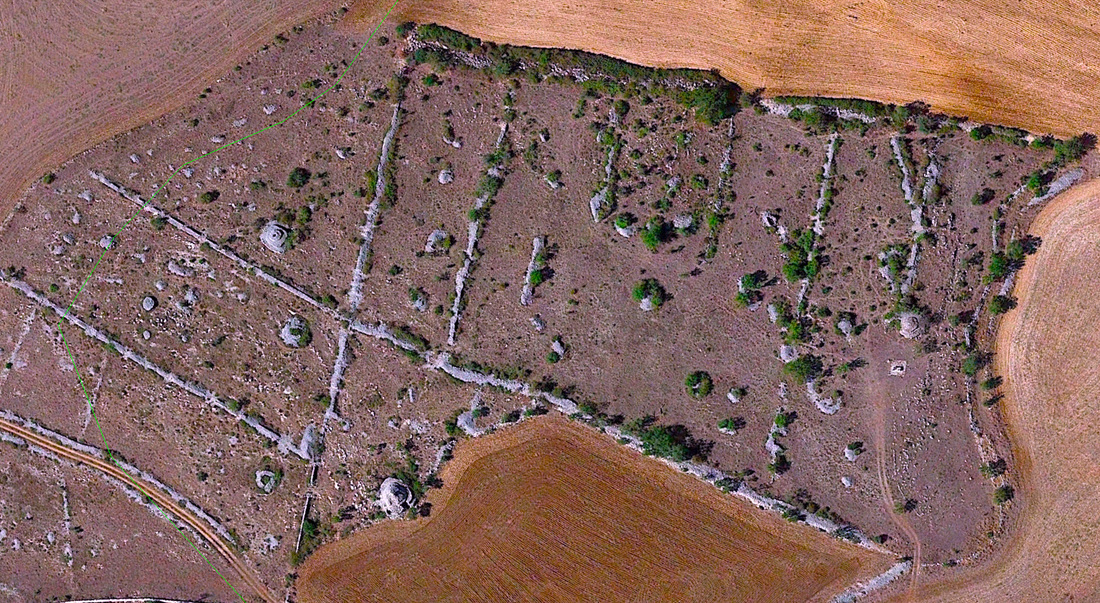











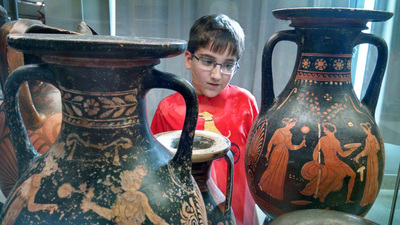

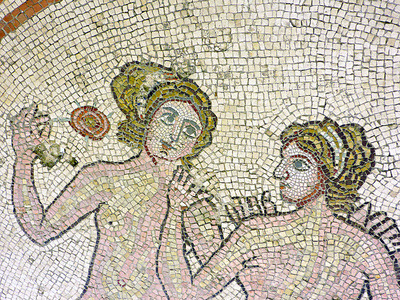












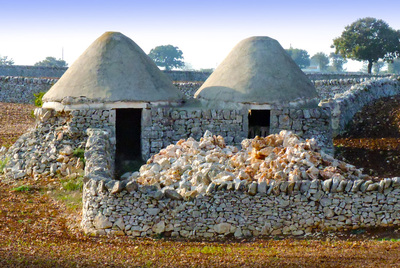






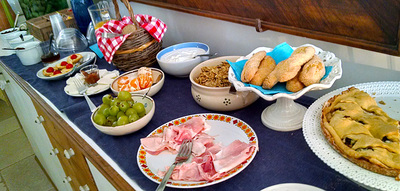






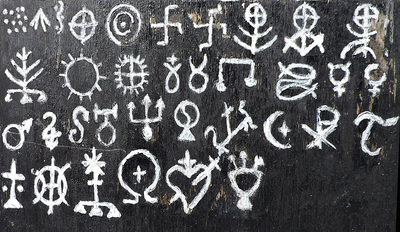


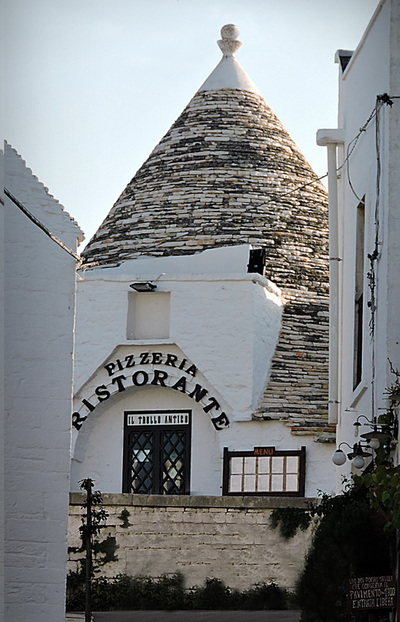

 RSS Feed
RSS Feed
